Malevich’s Black Square and not only

The famous “Black Square” by no less famous Ukrainian artist Kazimir Malevich is one of the strangest and most controversial paintings of world art. For more than a decade among the many artists, art historians and the public in general bohemian assorted art lovers is endless debate about “Black Square”. Some consider him a genius masterpiece of world art, the other on the contrary – strange daubs and really – what’s so special and brilliant in the black box, any student-grader at a lesson drawing could draw no worse.
But before making premature conclusions about the “Black Square” a little bit of history.
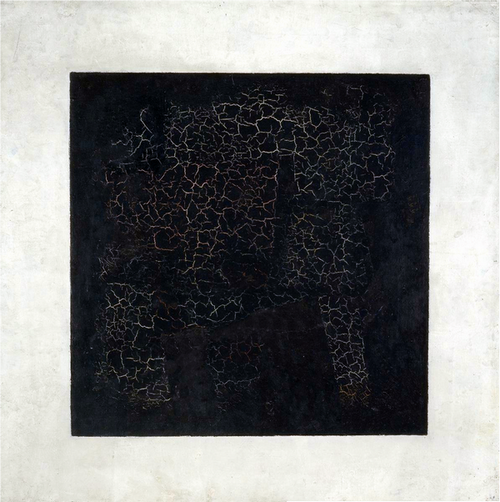
That actually looks the famous “Black Square” on the wall of the Tretyakov Gallery in Moscow. In general, the black squares are not one, but four: two of them are in Moscow at the Tretyakov Gallery, and two in St. Petersburg (one in the Hermitage and one in the Russian Museum). The first “Black Square” was written by the artist in 1915 for an art exhibition of futuristic art. The painting was immediately noticed and highlighted the public. Still, it was a kind of revolution of consciousness in art, when all accustomed to, that of a brush of the artist should go “normal” pattern, and now this. Ironically, the then art critics highly appreciated “Black Square”, even comparing it with the glorious “Mona Lisa” by Leonardo da Vinci.
Why Malevich wrote “Black Square”, I wanted to convey this picture, I felt it drawing? There are several versions on the subject. One of them is very simple and banal: a large hall where the exhibition was held had to be filled with something. Even preserved letter written by one of the organizers of the exhibition to the artist: “You have to write a lot now. The room is very large, and if we do, 10 people, 25 pictures of write, it will be just. “Because so it was necessary to “plan” for the paintings Malevich (especially not to bathe), and wrote specifically “Black Square”. And as Malevich was considered a respected artist and the painting of his was praised public. (If it has drawn some unknown John Doe, no one would have her and paid no attention).
Another version says the throes of great creative artist, because he planned to paint something really brilliant. And tried both, but something did not work, the muse never flew. At the end of angry artist he sketched and took all his creative attempts in black. And there was a “black box” as a great expression of the creative expression of the artist.
Another version tells of a Jewish trail in the symbolism of the painting. Who saw “Black Square” Jewish ceremonial clothing – tefillin that Jews wear during prayer.
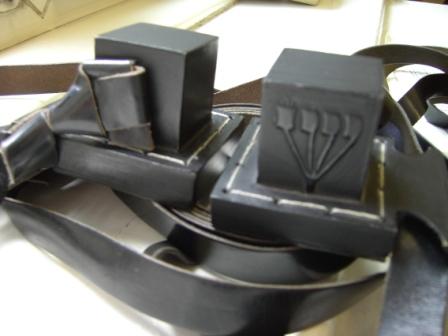
Here is the tefillin.
I do not know how much the correct version with tefillin, knows this is probably one of Malevich. He liked the success of the “Black Square”, after which he painted a triptych, where in addition to the actual square was “Black Cross” and “Black Circle”. There was also “Red Square”.
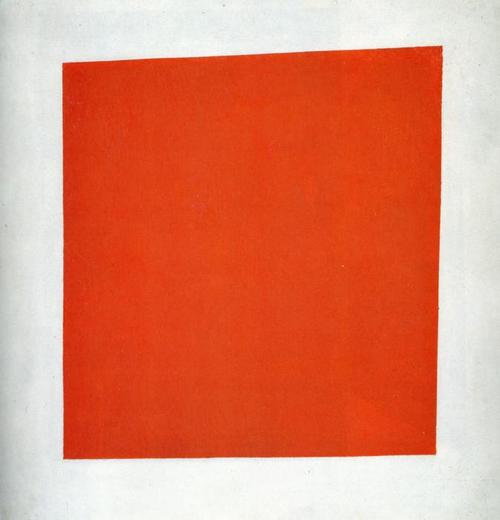
And, it turns out, Malevich was not the first to draw the thought of a black square. Before him it was already doing an interesting French writer Alphonse Allais and journalistic. (In our time, this gentleman, perhaps, would be a successful blogger).
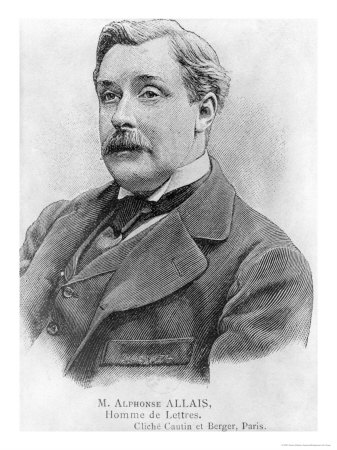
Alphonse Allais was known for his sharp tongue and outrageous antics; she loved to shock the then public. His “Black Square,” Alla created in 1893 (ie 22 years earlier masterpiece Malevich). Although Alphonse Allais was not a professional artist, and his image of “Black Square” it was just a gag.
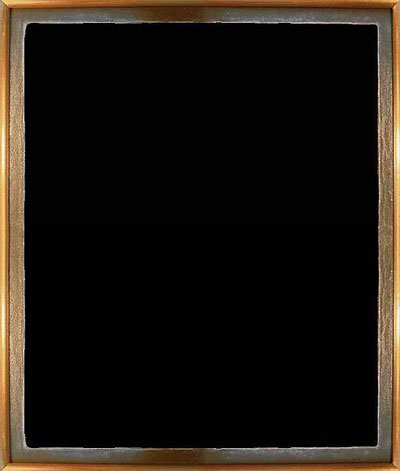
Here is the “Black Square” Alphonse Allais that he never called “Black Square”. The name of this brilliant masterpiece is: “The Battle of blacks in the deep dark cave dark night.” Similarly, the white square was created
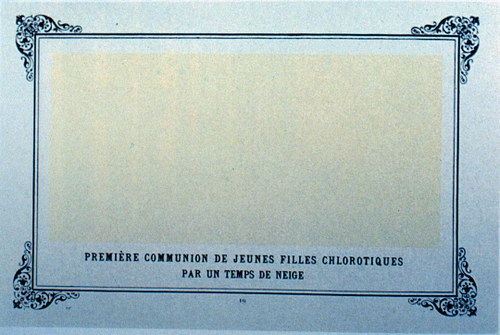
This picture Alla jokingly called “anemic girl in white go to communion in a blizzard.”